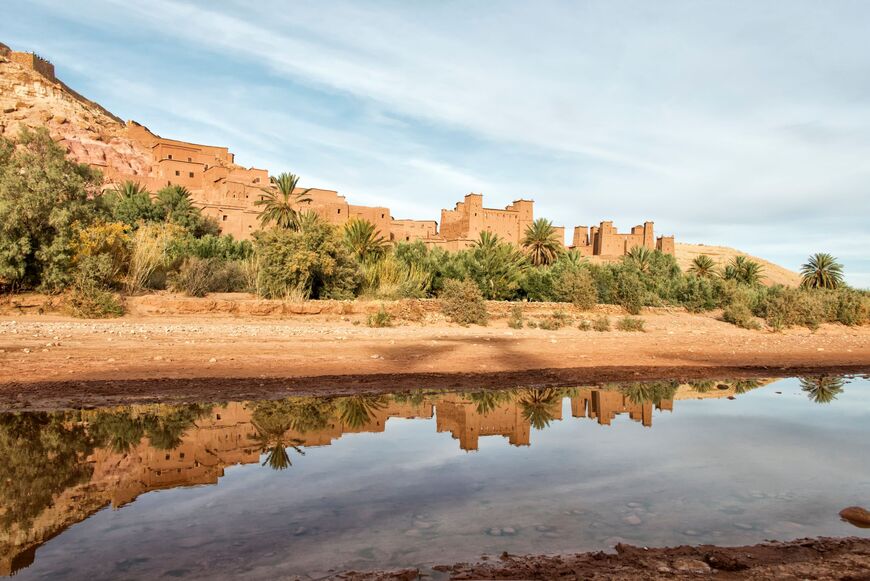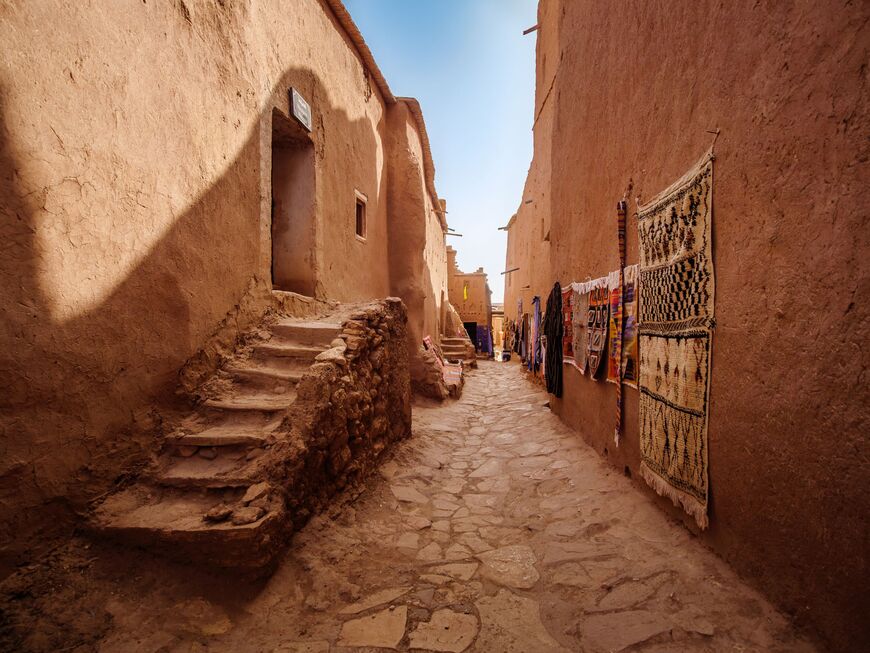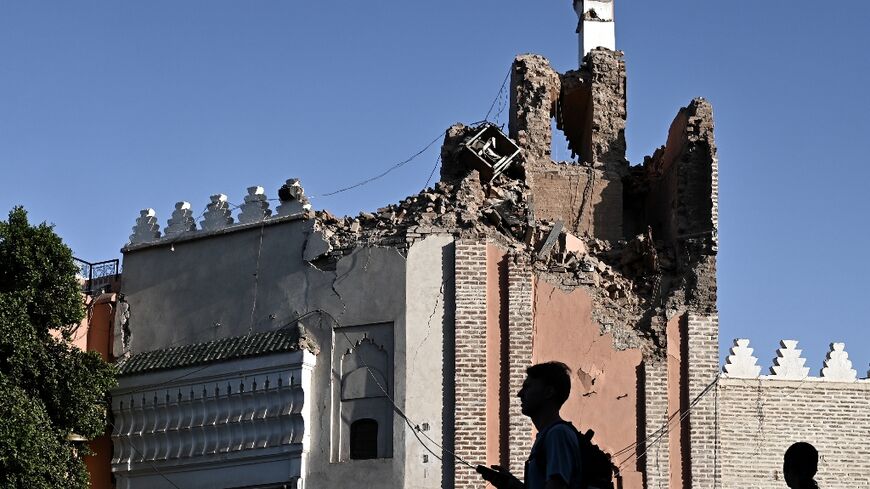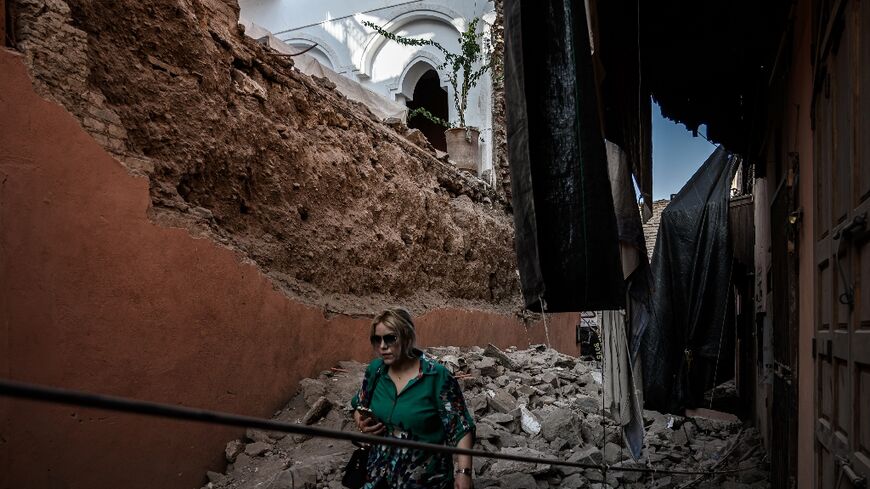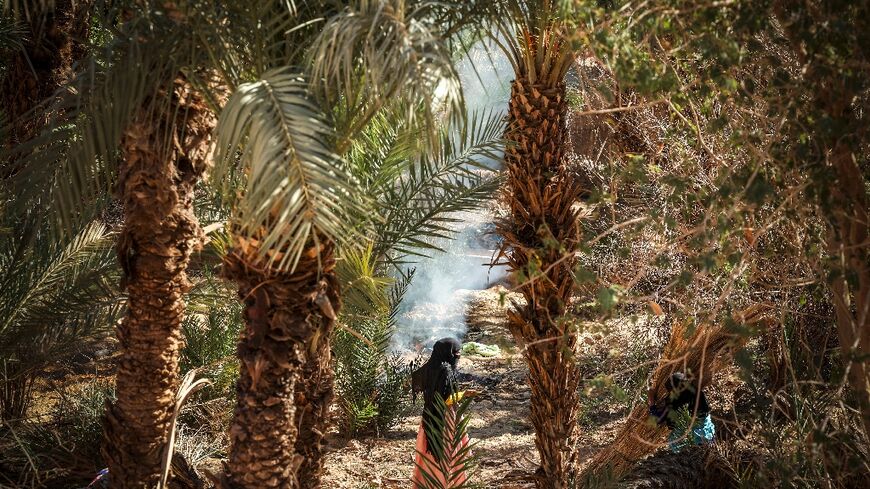Culture
From Hollywood set to heritage hub: Morocco’s $75M bet on Ouarzazate
Once the Hollywood of the Sahara, Morocco’s desert city is betting on sustainable tourism to reclaim its place on the map.
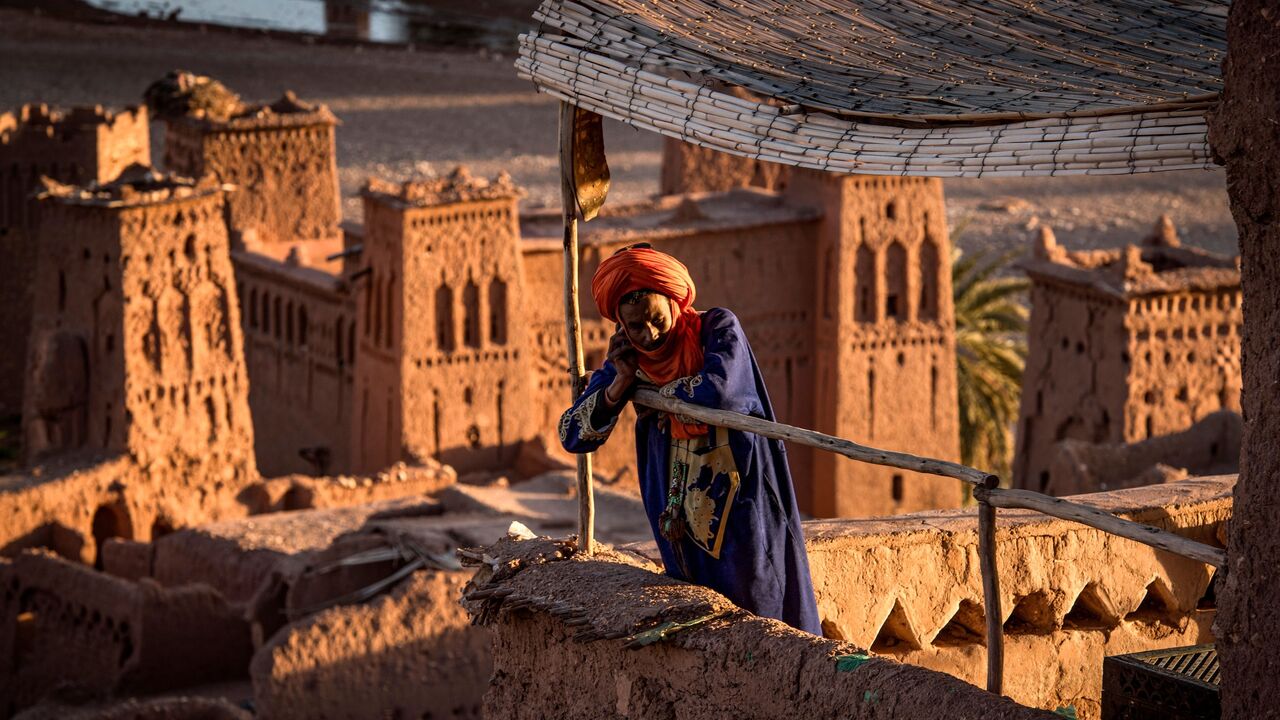
RABAT, Morocco — Once the backdrop for "Gladiator" and "Game of Thrones," Ouarzazate is staging a comeback of its own. The Moroccan government has pledged $75 million to transform the quiet southern province into a model for sustainable tourism and cultural revival.
The Ministry of Tourism announced on Oct. 13 its plan to fund hotel rehabilitation and cultural site upgrades, including the Kasbah of Taourirt Square in Ouarzazate and Jemaa el-Fna Square in Marrakech.
A new spotlight amid social unrest
The investment comes at a politically charged moment, as Morocco has recently seen weeks of youth-led protests demanding greater public spending on education and health. Demonstrators criticized the government’s focus on tourism and events such as the 2030 FIFA World Cup, chanting “We don’t want the World Cup” and sharing viral videos under the slogan “Morocco is not what tourists see.”
Against that backdrop, the Ouarzazate plan is being watched closely by those who argue that tourism reform must also serve local communities.
For Mohammed Hlal, a postdoctoral researcher at the Center for Urban Systems at Mohammed VI Polytechnic University in Benguerir, Morocco, the $75 million plan risks becoming just another glossy project unless it “first and foremost empowers local communities. That means prioritizing local employment, supporting small and family-run enterprises, and encouraging traditional crafts and cultural activities that reflect the region’s heritage.”
Rebuilding a desert destination
Under the hospitality component of the investment pledge, Ouarzazate will add 1,800 hotel beds and reopen nine shuttered hotels. Local authorities have also launched a compliance drive covering 75 establishments, which is expected to add another 1,400 beds.
Beyond infrastructure, the plan aims to revive the province’s cultural heart. Work is underway at the UNESCO-listed Ksar Ait Ben Haddou — the 17th-century earthen fortress nestled in the foothills of the High Atlas Mountains that once served as a trading post between ancient Sudan and Marrakech — to redevelop Taourirt Square into a space for open-air exhibitions and cultural events, with completion slated for late 2026.
Ksar of Ait Ben Haddou, fortified town of clay in Ouarzazate, Morocco. — Getty Images
For Mustapha Atki, president and founder of the Moroccan Association for Natural and Cultural Heritage, Ouarzazate’s revival must balance growth with preservation. “Every planning policy should produce a dual benefit: a response to local needs and heritage conservation needs,” he said. “The same priority must be given to the ancient fabrics of the region and its natural oasis environments.”
A bet on inclusive growth
Officials hope tourism arrivals will surge after the 2026 launches. So far, the trend is promising: Airport traffic in Ouarzazate rose 34% through August compared to 2019, with France and Spain increasing flight capacity by 33% over the same period.
Central to the plan is Go Siyaha, the government’s flagship support program for small tourism businesses under its 2023-2026 tourism roadmap. The initiative currently backs 35 projects in Ouarzazate, from authentic lodgings to immersive cultural experiences.
Empty street in Ksar of Ait Ben Haddou, a famous Berber fortified village, with rugs and clothes of a souvenir shop hanging on an earthen clay wall, in Ouarzazate, Morocco. — Getty Images
Hlal believes such efforts should be measured by inclusivity rather than infrastructure alone. “We need to look at the rate of local employment in tourism-related sectors, the number of community-based initiatives and gender equity in new jobs created,” he said. “The growth of local enterprises, diversification of income sources and how much tourist spending stays within the region are key factors.”
Fragile beauty under pressure
Fragile beauty under pressure
Ouarzazate’s sustainable tourism push faces an environmental test. The province is enduring its seventh consecutive year of drought, threatening both agriculture and cultural landscapes.
Atki warned that “desert environments are particularly vulnerable to the pressures of rapid development,” though he acknowledged that “large-scale investments like the government’s $75 million plan are essential for sustainable progress, especially in tourism, if heritage protection is built into every stage.” Neglecting heritage sites, he cautioned, could have “catastrophic consequences and even threaten their disappearance.”
Tourists drink tea on a terrace cafe at the historic ksar (fortified village) of Ksar Ait Ben Haddou in Ouarzazate, Morocco, on Nov. 22, 2024. — AFP via Getty Images
Hlal agreed that conservation must be central. “Monitoring water and energy efficiency, waste management practices, and the preservation status of natural and cultural heritage sites will be essential,” he said.
Good governance, he added, will determine whether Ouarzazate’s renaissance is genuine or cosmetic. “If progress is measurable across these dimensions,” Hlal said, “then Ouarzazate can indeed become a benchmark for sustainable and inclusive tourism development in North Africa.”

